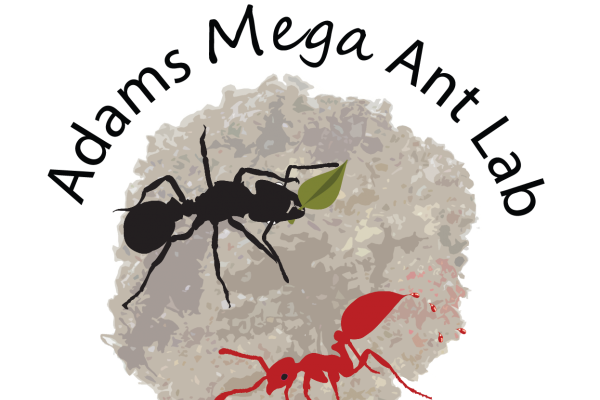New paper from Megalomyrmex lab

Interspecific Eavesdropping on Ant Chemical Communication
Rachelle M. M. Adams, Rachel L. Wells, Stephen P. Yanoviak, Christopher J. Frost, and Eduardo G. P. Fox. 2020. Front. Ecol. Evol. https://doi.org/10.3389/fevo.2020.00024
Chemical communication is a fundamental, highly complex component of social insect societies. Ants in particular employ a remarkable diversity of chemical signals to maintain social cohesion among nestmates, gain essential resources through coordinated foraging, and warn of danger. Although the chemicals used can be functionally specific, they are vulnerable to exploitation by eavesdropping natural enemies (e.g., parasitoids, predators, parasites) and other associates (e.g., myrmecophiles). Ant nests are nutrient hotspots due to their collection of resources warranting keen defense systems; yet the heavily defended hideouts are frequently invaded. Many organisms exploit ant species, but how they locate hosts—including what host-derived cues are used—is still poorly understood. Here, we review current knowledge about how ant chemical communication systems can be exploited by unintended receivers. We take a case study approach and illustrate the diversity of ant associates and host traits that may predispose ants to exploitation. We identify knowledge gaps by reviewing host systems and listing: (1) the types of associates (e.g., fly, wasp, beetle) where eavesdropping is likely occurring, organized by the host communication system that is being exploited; (2) the ant parasites that exploit trail pheromones; and (3) the experimentally determined chemicals (i.e., alarm/defensive pheromones), used by eavesdroppers. At least 25 families of arthropods (10 orders) potentially eavesdrop on ant communication systems and nearly 20 host ant species are vulnerable to trail parasite ant species. We also propose future research that will improve our understanding of community assembly by examining host traits (e.g., latitude, nest characteristics, trail system) that influence their susceptibility to eavesdropping associates.
